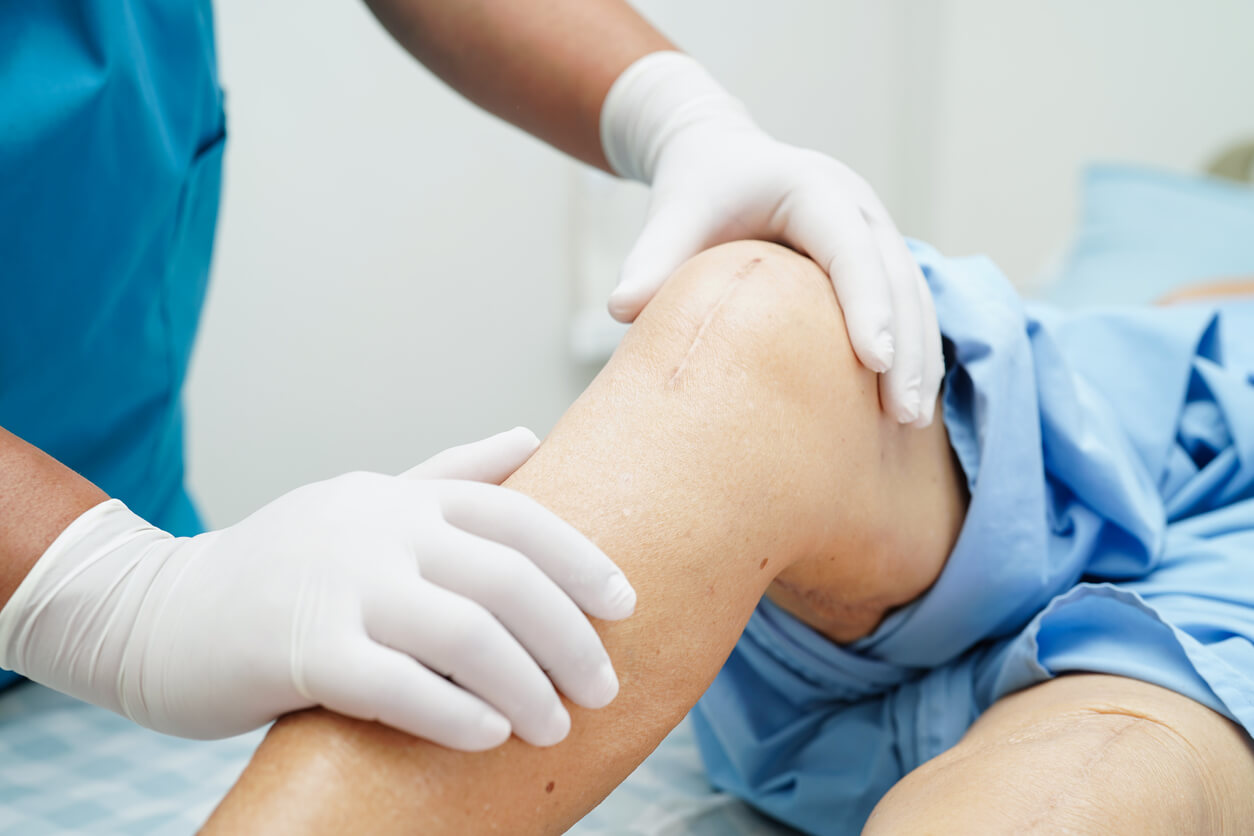
Nursing home abuse is a significant problem in America. Studies show approximately 10% of people 60 years old and older in the U.S. suffer from elder abuse. Statistics fall short of the actual prevalence of elder abuse due to underreporting, however. Victims report elder abuse in only 1 in 14 cases, on average. If your loved one is the resident of a nursing home in Texas, watch for signs of sexual assault.
Physical Injuries
Certain physical injuries could point to sexual abuse or assault in a nursing home setting. If your loved one has an injury to the pelvis, has trouble sitting or walking or is bleeding from private areas (if you notice bloody undergarments, etc.), these could be signs of sexual assault. Other physical signs may include bruising on the upper thighs or sexually transmitted diseases. Contact a Dallas sexual assault lawyer immediately if you notice any physical signs of potential elder sexual abuse.
Emotional Changes
Visit your elderly loved one often so you can notice changes in his or her emotional state, mental health and behaviors. Signs of elder sexual abuse can include withdrawal from social activities, isolation, feelings of guilt or shame, depression, anxiety, panic attacks, suicidal thoughts, general agitation or post-traumatic stress disorder. Emotional changes could point to sexual assault or other forms of elder abuse, such as physical or mental abuse, at the nursing home.
Tension in the Nursing Home
Pay attention to how staff members interact with your loved one, and vice versa. If you notice signs of aggression, tension or other unusual behaviors between your relative and the staff – especially one staff member in particular – investigate further. Your loved one could be exhibiting fear or tension with an abuser. Have a conversation with your loved one about possible sexual assault, mistreatment or neglect. Believe your loved one if he or she reports sexual abuse. Seek help from a sexual assault attorney right away.





